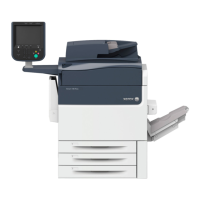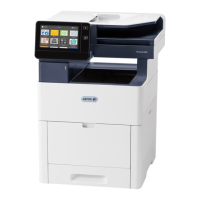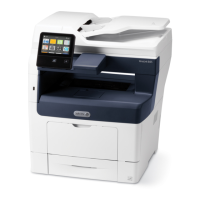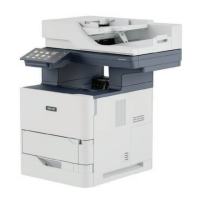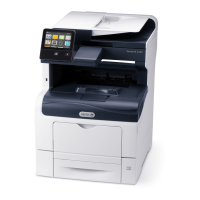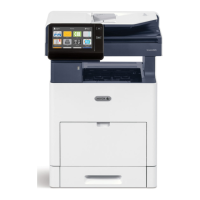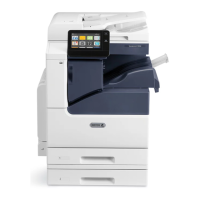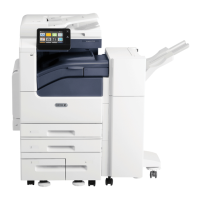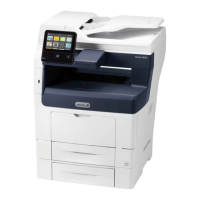PPaappeerr JJaammss iinn OOppttiioonnaall TTrraayyss 66––99
Problem
Paper jams occur in the optional Trays 6, 7, 8, or 9.
Solutions
• Visually check to see if the feed, separator, or nudger rolls are worn or damaged.
• For the tray rolls, check the high frequency service item (HFSI) interval status. If required, replace
the rolls.
For information, refer to Trays 6 and 7 Maintenance or Trays 8 and 9 Maintenance.
PPaappeerr JJaammss WWhheenn EExxiittiinngg tthhee PPaappeerr TTrraayyss
Problem
When exiting the trays, paper jams occur.
Solutions
• Ensure that the edge guides of the paper tray fit snugly against the paper stack.
• Do not fill the paper trays above the MAX fill line indicator.
• Close the tray slowly to avoid shifting the paper stack.
PPrriinntteedd OOuuttppuutt JJaammss WWhheenn EExxiittiinngg PPrreessss ttoo OOffffsseett CCaattcchh TTrraayy
((OOCCTT))
Problem
When exiting the press to the offset catch tray (OCT), the printed output jams.
Solution
• When using the OCT for printed output, to ensure continuous production, empty the tray
before it approaches the maximum capacity. The OCT maximum capacity is 500 sheets for 24
lb. or 90 g/m
2
paper.
• For 11 x 17 in. or A3 output, ensure the first output sheet is not blocking the paper exit.
EExxcceessssiivvee PPaappeerr CCuurrll
Problem
The printed output contains excessive paper curl.
234

